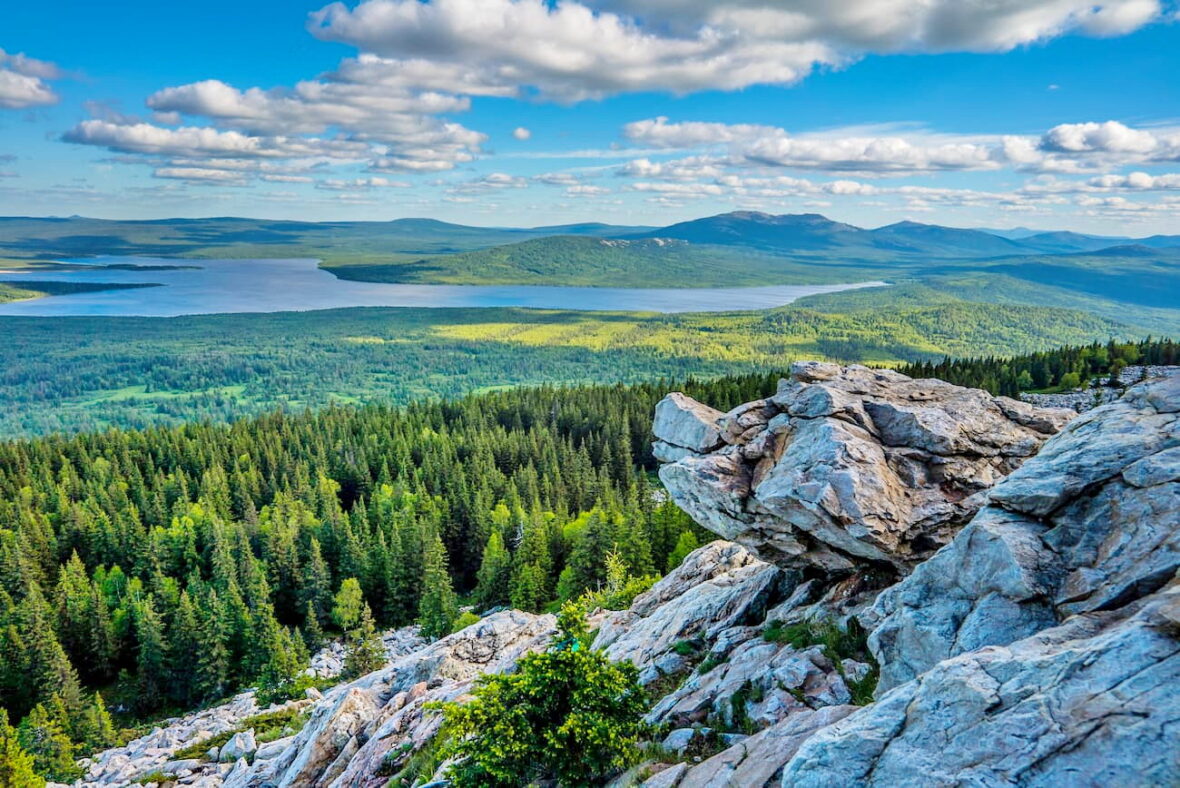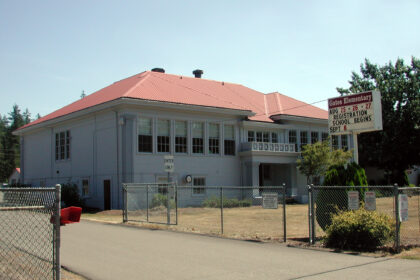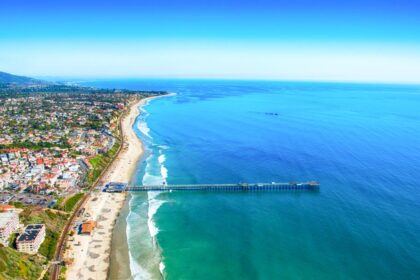If you’ve read through any of our fact files in the past, you’ll know that Russia is a very big place indeed – with lots of intriguing history! However, beyond revolutions and changes in regime, you’ll find even more fascinating history out in the natural ridges of the Ural mountains. This extensive mountain range is certainly one of the most imposing on the entire planet – however, it’s immensely popular with photographers and winter sports enthusiasts! Take a look below for 30 incredible and fun facts about the Ural Mountains.
1. The Ural mountains are positioned between Russia, Siberia, and Kazakhstan. The mountain range extends from the north, at the Arctic Ocean, to the Ural River in the south.
2. The Ural mountains, often referred to as simply the ‘Urals’, extend 2,500 kilometres.
3. The highest peak in the Urals is Mount Narodnaya at 1,850 metres tall.
4. The Ural mountains form a natural geographical boundary between Russia and Siberia, but the territorial boundary does not follow the same ‘measured’ markers.
5. The Ural mountains measure 200 kilometres at their widest point.
6. The Ural mountains are 250 to 300 million years old. They are amongst the oldest mountainous features on the planet.
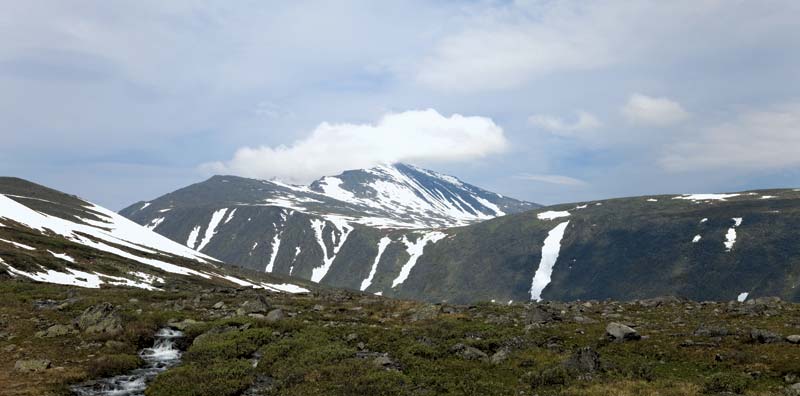
7. The Urals’ topography is divided into five specific zones. They are the Northern Region, the Middle Region, the Southern Region, the Polar Region and the Pre-Polar Region.
8. The mountains have been mined for hundreds of years. As well as diamonds and other gems, the area is rich in coal, magnesium, aluminium, platinum, silver, gold, iron, and salt.
9. At 32,800 square kilometres, the forest area known as Virgin Komi is the largest of all woodland in the Urals, and even has a place on the UNESCO World Heritage List.
10. The Virgin Komi forests are home to a plethora of wild animals. These include lynxes, squirrels, brown bears, elk, foxes, wolves, wolverines, badgers, polecats, cuckoos, pine martens, grouse, and spotted nutcrackers.
11. In 2001, UNESCO declared the Visim Nature Reserve to be a ‘Biosphere Reserve’.
12. It is thought that humans only came to inhabit the area approximately 75,000 years ago. This was known as the Paleothic period.
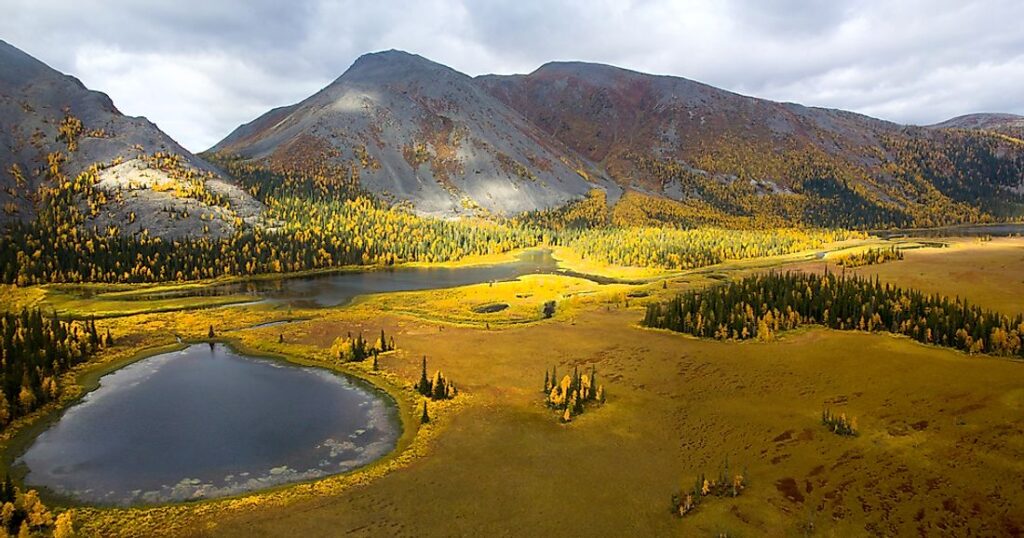
13. The Ural mountains have many areas which are difficult to access – which has prohibited people from settling on large expanses of the region.
14. During World War Two, the Russians devised a plan to retreat in an easterly direction in the event that the Nazis successfully invaded. The natural boundary of the mountainous ridge would have given protection in the form of shelter. It’s also thought the enemy will have struggled to traverse the ridge!
15. There are many lakes to be found in the Urals. Lake Turgoyak is one of the most picturesque bodies – it’s a really popular photography spot.
16. Due to the size and length of the Urals, the mountains experience Arctic weather in the far north and semi desert heat in the south of the range.
17. The Ural River is 2,428 kilometres long (1,509 miles). It flows into the Caspian Sea.
18. The Federal District of the Urals covers an area of 1.81 million square kilometres.
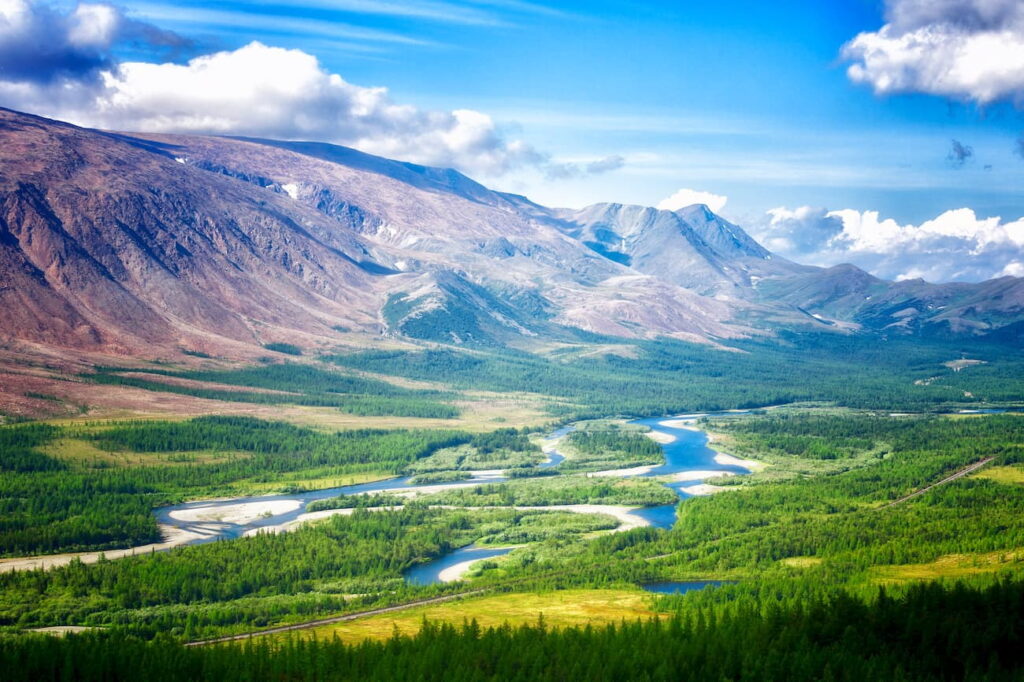
19. Transport and communication links are vitally important in this vast area and the economy relies on the continuous maintenance of its road and rail networks.
20. In 2017, trade figures for the Urals reached a record high of $2.2 billion. Performance figures for the year also recorded a huge increase in exports – around $1.5 billion!
21. The hub of commercial activity for the Urals is the City of Yekaterinburg in the Province of Sverdlovsk.
22. Sverdlovsk has an award winning airport, bringing business travellers and tourists to the Urals.
23. Sverdlovsk has a busy railway hub for the Urals, catering for commercial as well as tourist travellers.
24. The Sverdlovsk railway station handles 1,250 freight trains every day. The rail line from Sverdlovsk, running east to west, has a line length of 1,500 kilometres.
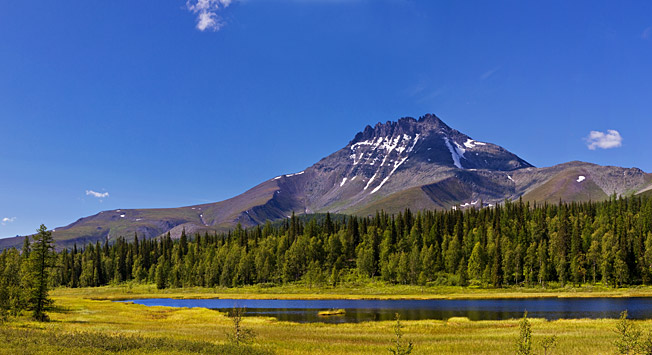
25. In 2016, construction began for a new road to create a transport corridor for the increasing volume of road transport for goods and services. The project is scheduled to be completed in 2030. It is called the ’Volga Transit Project’.
26. Due to its volume of passenger and freight traffic, Koltovo Airport won ‘Best Cargo Airport’ in Russia’s Air Gateway Awards’. The airport was handling approximately 27.8 thousand tons of cargo per year at the time.
27. A joint venture between Russia and China called ’SWIFT’ saw the first trans-container Train launched in 2016. This project realised a plan to create an efficient way to transport goods from China to Western Europe via Yekaterinburg.
28. There are 90 kilometres of ski slopes along the Ural mountains.
29. The best known ski slope is called Magnitogorsk. The resort with the longest slopes is called ‘Zavjalika’ with 22 kilometres available to ski down.
30. The highest ski slopes in the Urals reach 1,170 metres.

